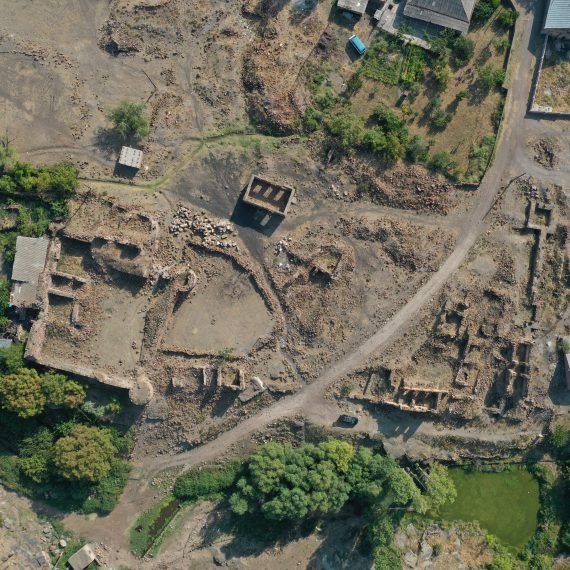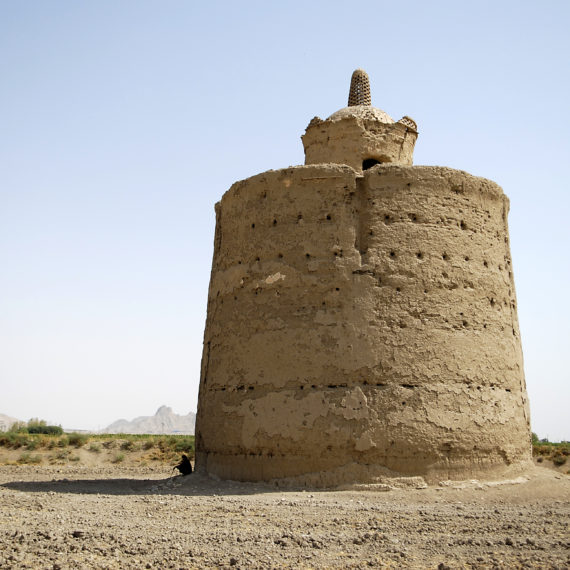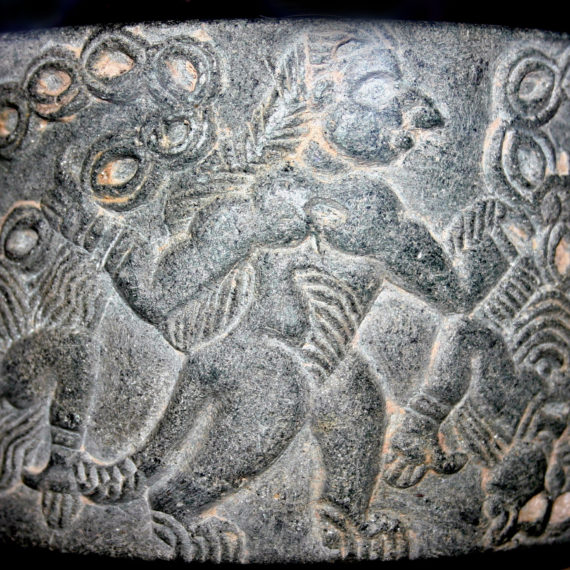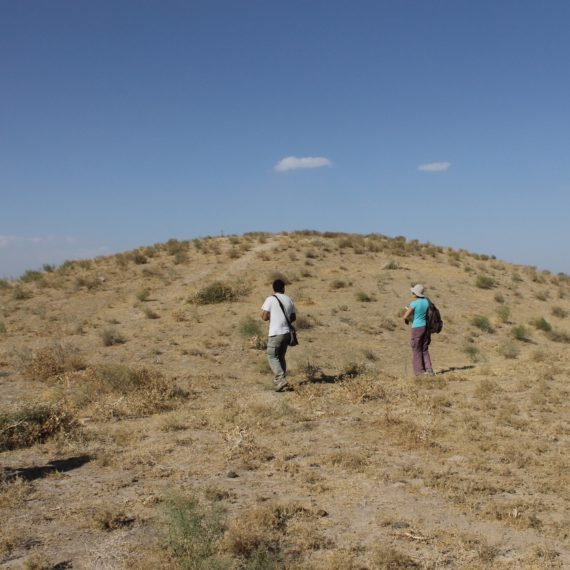
Italian Archaeological Mission at Mersa/Wadi Gawasis
Mersa/Wadi Gawasis, a site on the Egyptian coast of the Red Sea, is the harbour from where in Middle Kingdom times (c.2050-1650 BC) the pharaonic naval expeditions to the land of Punt were launched. The site is located at the mouth of the Wadi Gawasis, 25 km south of the modern city of Safaja and 50 km north of Quseir, and extends down ontoa coral terrace and the surrounding area.
The site was discovered in the mid-1970s by Abdel Monem Sayed, at that time professoratthe University of Alexandria. Professor Sayed investigated some votive structures, collecting anchors and inscribed stelae dating to the early Twelfth Dynasty (1985-1773 BC). On the basis of the inscriptions, he was able to identify the ancient Egyptian name of the site, Saww.
From 2001 a joint research team of “L’Orientale”, Boston University and ISMEO (at that time IsIAO), resumed investigations at the site, with the aim of placing the site in its palaeoenvironmental setting, in order to understand why it was selected as the location of the harbour, to collect data on the organization and management of the Egyptian expeditions to the land of Punt, and to try to understand which regions of the southern Red Sea were involved in the Punt trade network.
As far as the palaeoenvironmental studies are concerned, the project’s coastal geologists demonstrated that c.4000 years ago there was a very deep and sheltered bay at the mouth of Wadi Gawasis, making it a very suitable setting for a harbour. It seems that the harbour was then abandoned at the very beginning of the New Kingdom (c.1500 BC), when the bay had almost completely silted up.
New inscriptions dating to the time of Senusret II, Senusret III, Amenemhat III and Amenemhat IV were found along the western edge of the coral terrace. Together, the inscriptions from the site provide evidence for at least 12 expeditions dating from the time of Senusret I to Amenemhat IV. Moreover, the pottery found suggests that the site was used both before and after the period indicated by the inscriptions, perhaps starting from the end of the Old Kingdom and up to the early Eighteenth Dynasty.
The entrances of eight man-made caves were found along the western edge of the terrace. These caves were intended to shelter the expedition members, and also for the storage of their equipment. In front of the caves, functional and administrative areas were recorded. In particular, in the caves and in front of them several wood components of the ships were discovered, providing what are currently unique insights into Egyptian ship building techniques, together with cargo boxes used for storing the “wonderful things of Punt”, as stated in a painted inscription on one of them.
Excavations on the terrace top brought to light further votive and commemorative structures in the eastern sector of the site, celebrating the safe return of some expeditions. Some intriguing aspects of specific rituals related to the sea were investigated there: together with the epithet Wsir w3dwr, “Osiris of the Sea”, inscribed on a stela from the western sector of the site, these finds illuminate previously unknown aspects of Egyptian religion.
The imported pottery from Nubia, the Eritrean-Sudanese lowlands, the coast of southern Arabia and Eritrea, and raw materials from the regions of the southern Red Sea, such as obsidian flakes and fragments of ebony (Diospyros sp.), show the broad extension of the Punt trade network in Middle Kingdom times.
Finally, food production areas, a possible bakery,as well as evidence of huts and tents on top of the terrace, show the complex organization and management of the expeditions and throw light on the daily life of their members.













